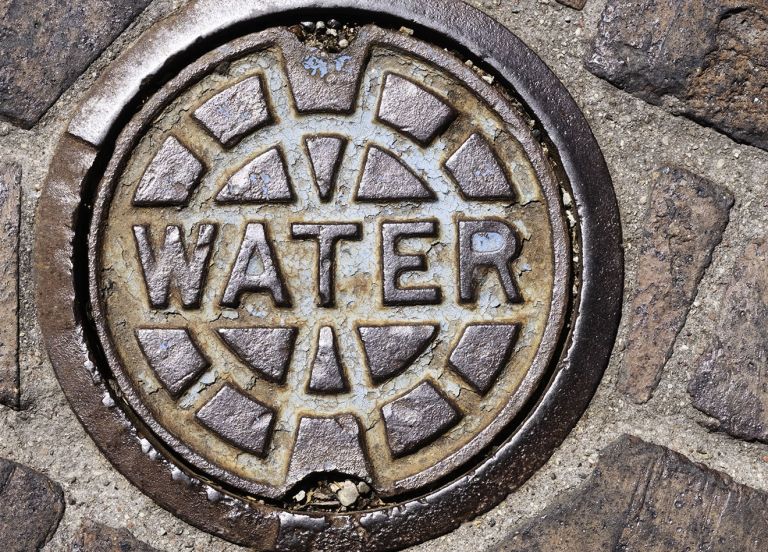Pluvial Flooding: The Biggest – and Least Understood – Climate Risk for CRE
Flooding is the most damaging and costly climate change risk in Canada. Asset owners planning flood defense are faced with several challenges and choices, including potential investments in dry and/or wet floodproofing, stormwater detention systems, drainage improvements, flood barriers, retention basins, as well as natural flood management options, early warning systems and guaranteed flood response contracts.
That’s a lot to consider.
Obviously, closing your eyes to flood risk is not a responsible long term asset management strategy. That’s why, commercial real estate (CRE) organizations are today investing in technology to ensure accurate climate risk pricing models that impact asset management decisions, as well as property valuations and insurance costs.

Despite advancements, most organizations still have very little knowledge about their actual property-level flood risk. Why this is true may have less to do with science and more to do with a longstanding misconception about how most CRE flooding occurs. An asset that isn’t located on the coast or in a high-risk area on a floodplain map may seem at lower risk.
Often, the opposite is true
Pluvial (Urban) Flooding Causes the Greatest Property Damage
Unlike river or coastal flooding, urban flooding can occur anywhere, even in areas not designated as flood zones. Sudden downpours that overwhelm drainage systems can cause millions of dollars of damage in a short period of time.
Last July, heavy rainfall in Toronto caused $990 million in insured losses from just three hours of rain. In August, another $110 million storm hit the Greater Toronto Area, followed by flooding in Quebec that caused $2.7 billion in damage. The Insurance Bureau of Canada reports that for every $1 of insured claims, there are $3 of actual total property damages.
For most in the Canadian CRE industry, exposure to urban flooding is their largest climate risk. Cities with high levels of impermeable surfaces (mostly concrete and asphalt) cannot safely absorb rainfall. Rapid water accumulation and saturation of pluvial systems are now overwhelmed by the rainfall patterns associated with climate change. Underground garages, basements, and lower floors of buildings are at high risk, increasing damage to critical infrastructure and assets. These growing problems affect property owners and tenants – and add inflationary costs for everyone. Water damage from urban flooding affects mechanical systems, electrical wiring, and foundational structures, leading to costly repairs with HVAC systems allowing water penetration into sensitive building areas. And some properties suffer from tenant displacement, lost rental income, and operational downtime, making recovery expensive.
The concentration and value of assets in cities has created a high-level of unpriced climate risk for CRE managers. While urban flooding causes the greatest amount of property damage and risk, it has received a fraction of public funding for research toward flood modeling. Unlike river and coastal flooding, pluvial floods do not follow established floodplain maps and underground systems allow flooding to accumulate in unexpected locations. This means that flood risk assessment and mitigation are more complex in cities, with many areas experiencing unexpected impacts. Meanwhile, the increased frequency of extreme weather is making urban flooding even more common and severe.
Physics-Based Flood Modeling and Simulations for Urban Flooding
As climate change intensifies, CRE will need to consider investing in resilience and adaptation measures to mitigate risks and control long-term costs. However, the journey toward rigorous fact-based decisions starts with understanding and quantifying your actual flood risk today- and it includes using technology to simulate what that risk will be like in the future.
Models that do not accurately predict future flooding will impact asset managers seeking to prioritize capital spending while planning for climate risks. Essential to the process of starting a comprehensive climate resilience plan for CRE assets is to accurately determine the risk of flooding by using solutions that are designed for the complexities of the urban environment. The good news for CRE is that NOAH’s physically accurate Flood Risk Scorecards can cost as little as $500, a remarkably low investment for acquiring accurate property-specific flood risk knowledge – especially when considering the potential costs of inaccurate data.